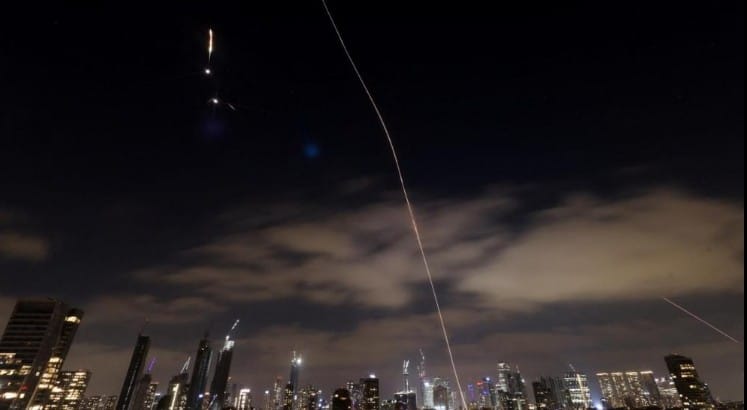The conflict between Israel and Iran has entered a perilous new phase, transforming the strategic landscape of the Middle East and threatening to pull the wider region into open war. What began as a limited exchange of military strikes has spiralled into a sustained, high-stakes confrontation, with devastating human and geopolitical consequences.
Intelligence Chiefs Killed, Cities Under Fire
On Sunday, Israeli airstrikes killed Mohammad Kazemi, the head of Iran’s Islamic Revolutionary Guard Corps (IRGC) intelligence unit, along with his deputy and a top military commander. These targeted strikes followed Israel’s earlier offensive on Friday, which hit Iranian nuclear sites, military depots, and even residential zones, resulting in at least 224 confirmed Iranian fatalities, according to Iran’s health ministry.
Iran retaliated with waves of ballistic missiles and drones, some of which managed to penetrate Israel’s vaunted Iron Dome defence system. Haifa, Tel Aviv, and Jerusalem came under direct attack, with reports of civilian injuries and property damage. One residential building in Bat Yam was struck, killing seven people, including two children—an event that has left Israelis shaken.
War Reaches Everyday Lives
Zev, a father living near the strike site in Bat Yam, expressed what many Israelis are feeling: “We’re not at war with the Iranian people, but we can’t afford to wait. If more strikes are needed to ensure peace, so be it.” His voice captures a national mood hardened by years of intermittent warfare, now escalating into something unprecedented.
Meanwhile, ordinary Iranians in Tehran are fleeing en masse. Long queues formed at petrol stations, messaging groups are flooded with warnings and escape plans, and many residents report no prior alerts before Israeli bombs fall. “This is not my war,” one resident said, “I just want to survive with my family.”
Political Tensions and Nuclear Warnings
Israeli Prime Minister Benjamin Netanyahu has made his government’s stance clear: “This is not about de-escalation or ceasefire. This is about preventing Iran from acquiring nuclear weapons.”
The Israeli government claims its strikes have significantly set back Iran’s nuclear programme and granted it “a free highway to Tehran” in terms of air superiority. While President Trump has urged restraint and even vetoed an Israeli plan to assassinate Iran’s Supreme Leader Ayatollah Khamenei, Netanyahu has not ruled out regime change in Tehran as a possible outcome.
Adding complexity to the conflict, Iran’s Deputy Foreign Minister accused Israel of deliberately targeting the country’s Foreign Ministry buildings, injuring civilians and government staff.
Caught in the Crossfire
As fighting rages, global concern grows. US tourists stranded in Israel due to airspace closure are seeking alternative exits via Jordan and Egypt. Emergency services are stretched thin, and global airlines have suspended flights into and out of Tel Aviv.
Despite the devastation, Netanyahu maintains that Israel stands with the Iranian people, referencing the 2022 protest slogan “Woman, Life, Freedom” as a symbol of shared resistance against oppressive regimes. Yet critics argue that Israel’s escalating attacks blur the line between targeting military threats and punishing a civilian population.
With no sign of de-escalation, the Israel-Iran conflict risks becoming a regional war. The scale and sophistication of the attacks suggest both countries are preparing for a prolonged confrontation. In the shadows of the battlefield, civilians on both sides continue to bear the brunt—fleeing cities, losing loved ones, and praying for peace that remains perilously out of reach.
